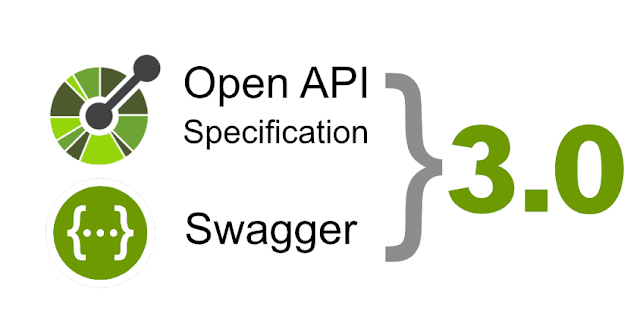From OpenAPI to source code with CI/CD

Introduction In the era of Microservices, you are probably designing or consuming one or more Web Services. As a result, you might be aware of the importance of having a good definition of your web services, since that is what clients and developers will use to know how a web service can be used. For that reason, you should have a clear and easy way to define and understand your Web API. In order to help you to make a good definition we have REST (Representational state transfer) , which is a software architectural style that defines a set of rules to create Web Services. I'm not going to go into details about RESTful, because there is enough material for a full post and it is out of the scope of this post. But I might write another post about REST, since even nowadays I see some crazy stuff when it comes to Web APIs design. Well, imagine we already have a really awesome definition for the resources of our Web API, and your clients are going to be really excited to use it, ...





